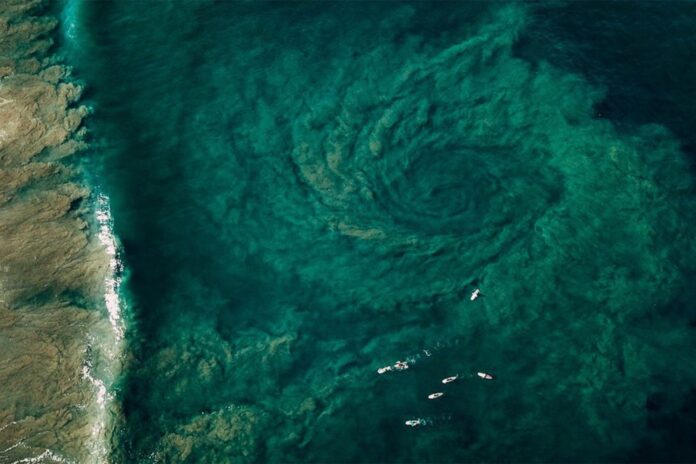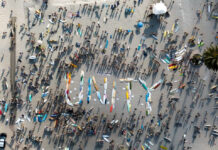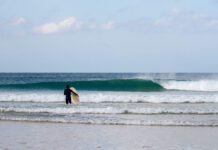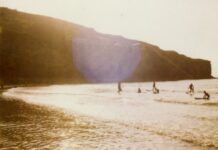Dr Daniel Hartmann, a Coastal Scientist at the Ben-Gurion University of the Negev, in Israel, grew up on the coast just south of Tel Aviv, and has spent hundreds of hours on Israeli lifeguards’ towers, watching them at work. His formal education, along with his sea-bound childhood education (what in Israel is known as “Mediterranean education,” meaning kids who spent more time at the beach than in school), has prompted him to initiate some non-funded research with colleagues from the BGU department of industrial engineering. This past August, their latest paper, Examining lifeguards’ abilities to anticipate surf hazard instigators – An exploratory study, was published on Science Direct.
“I have often written that the Mediterranean Sea and its shores (Europe, Asia, and Africa) must receive a special research program as we do not really understand the drowning burden. Every year, hundred of millions of tourists and local people visit the Mediterranean beaches and their waters; this is annually a multi-billion dollars’ worth commercial activity. We do have rip currents, and we have a high amount of mortality. However, until this moment, this fact is ‘veiled’ as no one is doing any serious research about these topics.”
The study looked into the ability of Israeli lifeguards to anticipate surf hazard instigators, particularly rip currents. For this, researchers have taken a comparative approach, assessing beach-related hazard perception skills among three groups: 9 highly experienced surf lifeguards knowledgable about surf morphodynamics [how hydrodynamic processes such as waves, tides and currents affects a dynamic (sandy) seabed]; 6 swimming-pool lifeguards with water rescue training but no thorough understanding of surf morphodynamics; and 10 layman patrons (control group) without previous training in water rescue or knowledge of the surf morphodynamics.
Using three Israeli Mediterranean bathing beaches (Ashkelon, Rishon LeZion and Beit Yanai) as settings, the researchers mounted a camcorder at the lifeguards’ tower, so as to capture the natural perspective of surf lifeguards. The footage was filmed over the course of five random days, at different times, between the bathing season months of July and October (2016), then edited into several short-clips portraying various real-life surf hazard instigators – from environmental (rip currents, waves, glare, etc.), to artificial (breakwaters, safety flags, etc.), and human (bathers wading, unattended children walking along the shoreline, surfers, etc.).
After completing a demographics questionnaire and taking a vision test, participants were connected to a D6 model Eye Tracker System (ETS), a remotely controlled eye tracker that captures the participant’s gaze position. They were then taken to individual sessions, where they watched the 10-second video clips on an screen, and were instructed to press a response button when spotting an element they thought could present a hazard for bathers. Every time they identified a HI, they were asked to describe why they had done so. Participants’ performance in the hazard identification task referred to the probability that a participant will press the response button during the hazard’s allotted time window.





